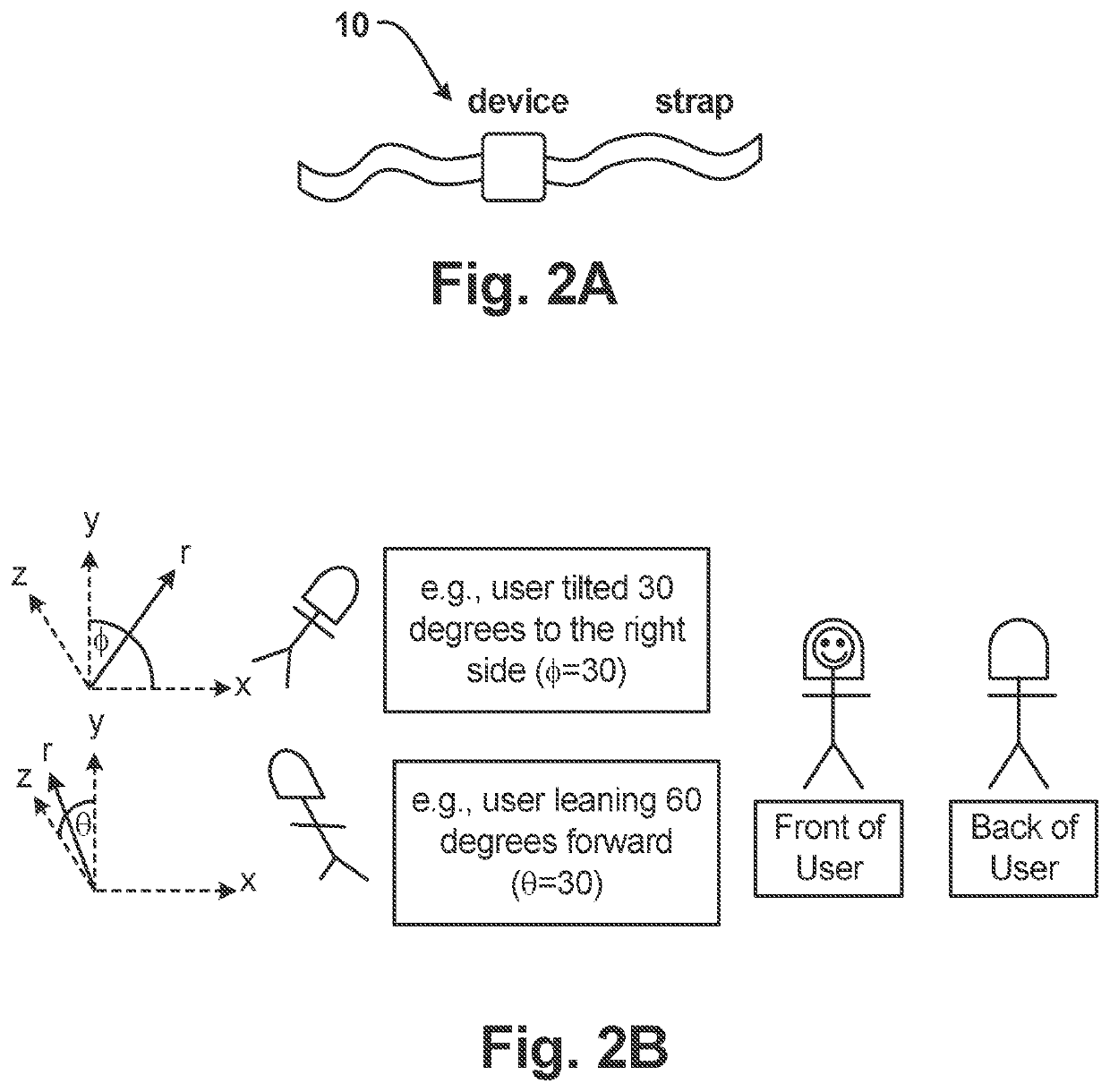Systems, Devices, And Methods For Tracking Abdominal Orientation And Activity For Prevention Of Poor Respiratory Disease Outcomes
a technology of abdominal orientation and activity, applied in the field of systems, devices, and methods for preventing poor respiratory disease outcomes, can solve the problems of increased diffuse endovascular damage, increased pressure within the closed space, and serious health consequences, so as to prevent sleep disordered breathing, reduce systemic blood oxygen concentration, and promote healthy placental growth
- Summary
- Abstract
- Description
- Claims
- Application Information
AI Technical Summary
Benefits of technology
Problems solved by technology
Method used
Image
Examples
Embodiment Construction
[0138]The disclosed devices, systems and methods relate to various systems, devices and methods for health monitoring, particularly in pregnant women. In exemplary implementations, the disclosed implementations relate to preventing and predicting certain diseases and conditions by providing various devices, systems and methods directed at collecting information about the activity of the user, including relating to physiological parameters. The subject matter of embodiments of the present disclosure is described here with specificity, but this description is not necessarily intended to limit the scope of the claims. While the above examples are generally discussed with reference to avoiding preeclampsia and other complications of pregnancy, it should be understood that embodiments disclosed herein may be applicable to preventing other conditions as well, such as pressure on abdominal veins and organs can be harmful outside of pregnancy as well. The claimed subject matter may be embod...
PUM
 Login to View More
Login to View More Abstract
Description
Claims
Application Information
 Login to View More
Login to View More - R&D
- Intellectual Property
- Life Sciences
- Materials
- Tech Scout
- Unparalleled Data Quality
- Higher Quality Content
- 60% Fewer Hallucinations
Browse by: Latest US Patents, China's latest patents, Technical Efficacy Thesaurus, Application Domain, Technology Topic, Popular Technical Reports.
© 2025 PatSnap. All rights reserved.Legal|Privacy policy|Modern Slavery Act Transparency Statement|Sitemap|About US| Contact US: help@patsnap.com



